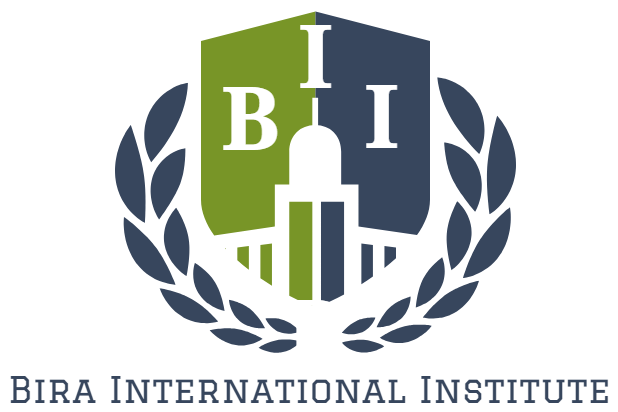Counselling Approaches
Professional counsellors use several approaches and different theories and philosophies set the groundwork for these approaches. Some counsellors may apply one approach, while others may combine approaches depending on the client’s needs.

COUNSELLING APPROACHES
- Behavioural therapy
Behavioural theory is based on the belief that a person’s behaviour is influenced by past experiences. Since behaviour is learned, it is also possible to unlearn, modify or replace it. Therapists and counsellors may help a client by suggesting ways to effectively manage unwanted behaviours when triggered by stressful events.
2. Cognitive therapy
Thoughts and previous experiences influence a person’s behaviour. The client’s behaviour can be altered by recognizing, challenging and changing self-derogating thoughts. It is an interactive approach that focuses on the present rather than previous experiences and aims to solve problems. This approach has been applied to cases of depression, anxiety, panic and substance abuse.
3. Cognitive Behavioural Therapy (CBT)
It is a combination of cognitive and behavioural therapy. This stems from the belief that our response to external stimuli results from learned or conditioned behaviour.
This approach is done by examining how feelings and behaviours are affected by a person’s thoughts. Negative thoughts that come to mind automatically are dealt with by replacing it with more objective and rational thoughts. For example, continuous thoughts about accidents may cause a person to stir away from activities he believes would cause him accidents. To eliminate this kind of behaviour, self-defeating beliefs are changed. The client must recognize that though several things around us are uncontrollable, we have the power to control our responses and interpretation in a given situation. They must learn to discriminate between reality and their distorted thoughts.
This approach is mainly used for people with anger issues, anxiety, depression, and substance abuse. Relaxation techniques, journaling and exposure are also used as tools.
4. Existential
A philosophical approach of psychotherapy that aims to understand the purpose of a person’s life and his whole condition- a balance between acknowledging limitations and applauding capabilities.
This approach aims to explore and analyse a person’s dilemma. The client, viewed as an ever-changing person, examines his potentials and learns how to make logical choices to attain goals. The client must experience an encounter with self, ideals and values as he embarks on a search for meaning and entirely takes ownership of his life.
Moreover, the person recognizes his limits and realizes that anxiety is a natural feature of human life. Some things are inevitable and acceptance is essential to live authentically.
Unlike other approaches and theories that focus on past experiences, this approach focuses on the present. The counsellor also acts as an active participant during the session to connect with the client personally.

5. Person-centered
A client freely leads the discussion to express emotions and understand feelings in a person-centered approach. This approach stems from the belief that humans have the resources to enable them to face whatever trials they may encounter and reach their full potential. With this, the person has the capability to find the most appropriate solution to an issue encountered. In this process, the person experiences self-discovery.
On the other hand, the counsellor only facilitates, listens, and validates the client’s experiences and feelings. Empathy is the core of person-centered therapy and many other approaches. One of the challenges the client may experience during the session is when he cannot recognize his abilities because he owns the opinions of others towards him. He may fail to realize his innate abilities because of this. However, when he receives empathy and value from the counsellor during this process, he may start to learn his real self.
6. Psychodynamic
This well-known approach is based on Freud’s idea that a person’s problems may be comprehended by understanding the conscious, subconscious and unconscious areas of a person’s mind.
Previous experiences and beliefs play a significant role in current behaviour; therefore, the therapist and client explore the client’s significant childhood relationships. In this way, they may gain insight how recurring patterns have developed over time and may take steps to change it. Repeated patterns might have been used as defense mechanisms to evade unpleasant situations.
This approach aims to gain insight from the past and provides a straightforward solution to the problem.
7. Reality therapy
This approach arises from the belief that human issues arise from unmet needs such as love and belongingness, freedom, enjoyment, basic survival needs and power.
This approach helps the client determine what they want and assess if those are attainable by examining their behaviour, setting out clear criteria and creating positive plans. It also emphasizes that instead of focusing on others’ behaviours, one must focus on one’s behaviours, which they are capable of managing. The client must realize that he has the power to choose whether to react responsibly or not in a given situation.
Since this approach emphasizes present experiences, blaming past experiences or other people as an excuse to behaviour is avoided.
8. Transactional analysis (TA)
It is laid from Sigmund Freud’s theories of personality belief that several roles play in a person. The role can be a ‘child,’ ‘adult’ and ‘parent’ self that interacts with one another.
The role of the parent is to record external events from birth to approximately five years of life. These external events are not recognized by the child and are associated with another person, such as parents. The parent role may also appear to be critical or supportive. On the other hand, the child perceives the emotions linked with the external events while the adult has the capacity to understand scenarios different from a parent and child roles. The adult role is the most rational as it acts on the present and is not influenced by the past.
These roles affect the way we live and how we interact with others. A specific role can dominate the rest and distort our perspective, so the client must learn to recognize each role. The main goal of transactional analysis is to reinforce the role of the adult.
Conclusion
Several approaches are used nowadays but we have to remember that no ‘one size fits all’ when it comes to counselling. Professionals must identify what suits their clients the most. One approach may be advisable to one but not with the other person. In the end, the goal is to achieve healing and freedom so that we can live to the fullest.
We are also offering a FREE introduction to counselling course. Check it out and avail a 25% discount on other courses upon the completion of this free course.

